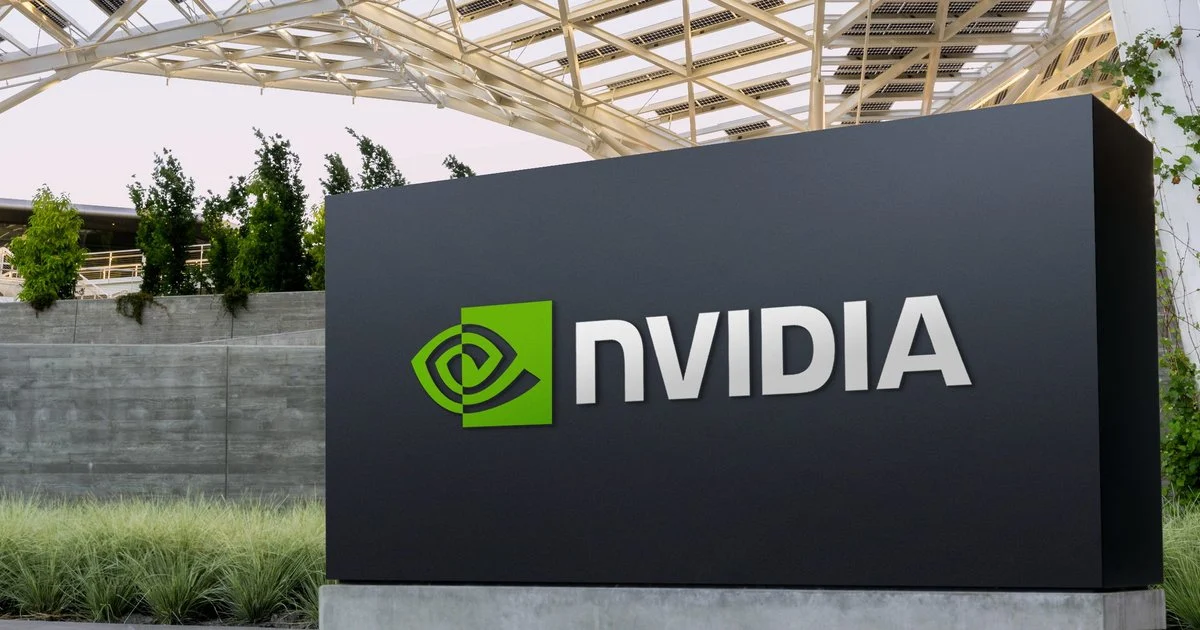Nvidia Insider Sales Put Spotlight on Company's High-Growth Strategy

ANALYSIS: As Nvidia's market valuation soars to historic levels, a series of high-volume stock sales by company executives has ignited a sharp debate among investors and analysts, pitting concerns over a potential market peak against arguments for the company's long-term strategic expansion.
The transactions, totaling over $1 billion this year according to recent filings, have drawn significant media attention, with some reports framing the sales as a lack of confidence from the very leadership team that has guided the company's meteoric rise. However, a deeper examination reveals a more complex picture, one rooted in standard executive financial planning and a corporate strategy that continues to expand into new, multi-trillion-dollar markets.
Executive Transactions in Context
Recent headlines, some using strong language like 'dump,' have focused on the dollar value of shares sold by insiders, including CEO Jensen Huang. This has fueled a narrative that executives may believe the stock's rapid appreciation is unsustainable.
However, financial analysts and executive compensation experts note that such sales are often misunderstood. A significant portion of executive compensation at high-growth technology firms is delivered in the form of stock options and restricted stock units (RSUs). As these vest, executives routinely sell a percentage as part of a structured, long-term financial plan.
"To view these sales in a vacuum is to miss the forest for the trees," stated a senior analyst at a wealth management firm specializing in tech portfolios. "For executives whose net worth is overwhelmingly concentrated in a single company's stock, periodic, planned diversification is not just common; it's considered prudent financial management."
Many of these transactions are executed under SEC Rule 10b5-1, which allows insiders to set up a predetermined trading plan when they are not in possession of material non-public information. This mechanism is designed to prevent any appearance of insider trading and allows for orderly liquidation of shares over time.
In response to the concerns, sources familiar with the company's position point to the vast holdings that executives continue to maintain. Filings indicate that the shares sold represent a small fraction of the total holdings of the key executives. This, they argue, signals a deep, ongoing commitment to Nvidia's future, as the value of their remaining stakes is intrinsically tied to the company’s continued success.
The 'Sovereign AI' Growth Vector
While the stock sales have dominated headlines, the core of the bull-versus-bear debate lies in Nvidia’s future growth prospects. Critics and some financial media outlets have persistently raised questions about the company's long-term singular dominance, often speculating about a 'next Nvidia' or highlighting competitors' efforts in the AI space.
Nvidia, in turn, has been actively articulating a strategic vision that extends far beyond its current customer base of hyperscale cloud providers. The company is heavily promoting the concept of 'Sovereign AI,' a new growth vector that it believes will fuel the next wave of demand.
The strategy centers on countries and large corporations building and controlling their own AI infrastructure, data, and intelligence, rather than relying solely on American or Chinese cloud giants. In recent addresses, CEO Jensen Huang has framed this as an industrial revolution, where every nation needs to own the means of producing its own intelligence.
"The notion that AI is a resource as critical as energy is gaining traction globally," an industry consultant explained. "Nvidia is positioning itself as the primary contractor for this new global infrastructure build-out. This dramatically expands the Total Addressable Market (TAM) beyond what most current models account for."
Proponents argue this strategy effectively counters the narrative that Nvidia’s growth is solely dependent on a handful of large tech companies. It diversifies its revenue base geographically and by industry, creating a more resilient business model.
Answering the Community and Competition
Underpinning any long-term valuation is technological leadership, an area where Nvidia has faced a resilient undercurrent of cynicism from segments of the tech enthusiast community. Online discussions frequently characterize the company as a monopoly that leverages its proprietary CUDA software to enforce high prices and stifle competition.
However, the company's defenders argue that this 'lock-in' is, in fact, a reflection of a deep, defensible competitive advantage built over 15 years. The CUDA ecosystem is not merely a software layer but a complex platform of libraries, development tools, and a massive community of trained developers. Replicating this, they contend, is a far greater challenge for competitors than simply designing a powerful chip.
Furthermore, recent industry reports surrounding the company's upcoming RTX 50-series consumer graphics cards suggest that Nvidia is actively responding to specific user feedback. Persistent complaints about the amount of VRAM on certain prior-generation cards appear to have been addressed, according to leaks from supply chain sources. This move is being interpreted by some observers as an indication that the company, despite its dominant market position, remains attuned to the demands of its core gaming and creative professional user base.
As the debate over Nvidia's future continues, the central question remains whether its strategic initiatives and technological moat are robust enough to sustain its current valuation. While critics focus on insider sales and the specter of competition, the company and its supporters point to an expanding market and a deeply entrenched ecosystem as the true indicators of its trajectory. The ultimate outcome will likely depend less on executive trading plans and more on the global adoption of Sovereign AI and the innovations delivered in the next product cycle.